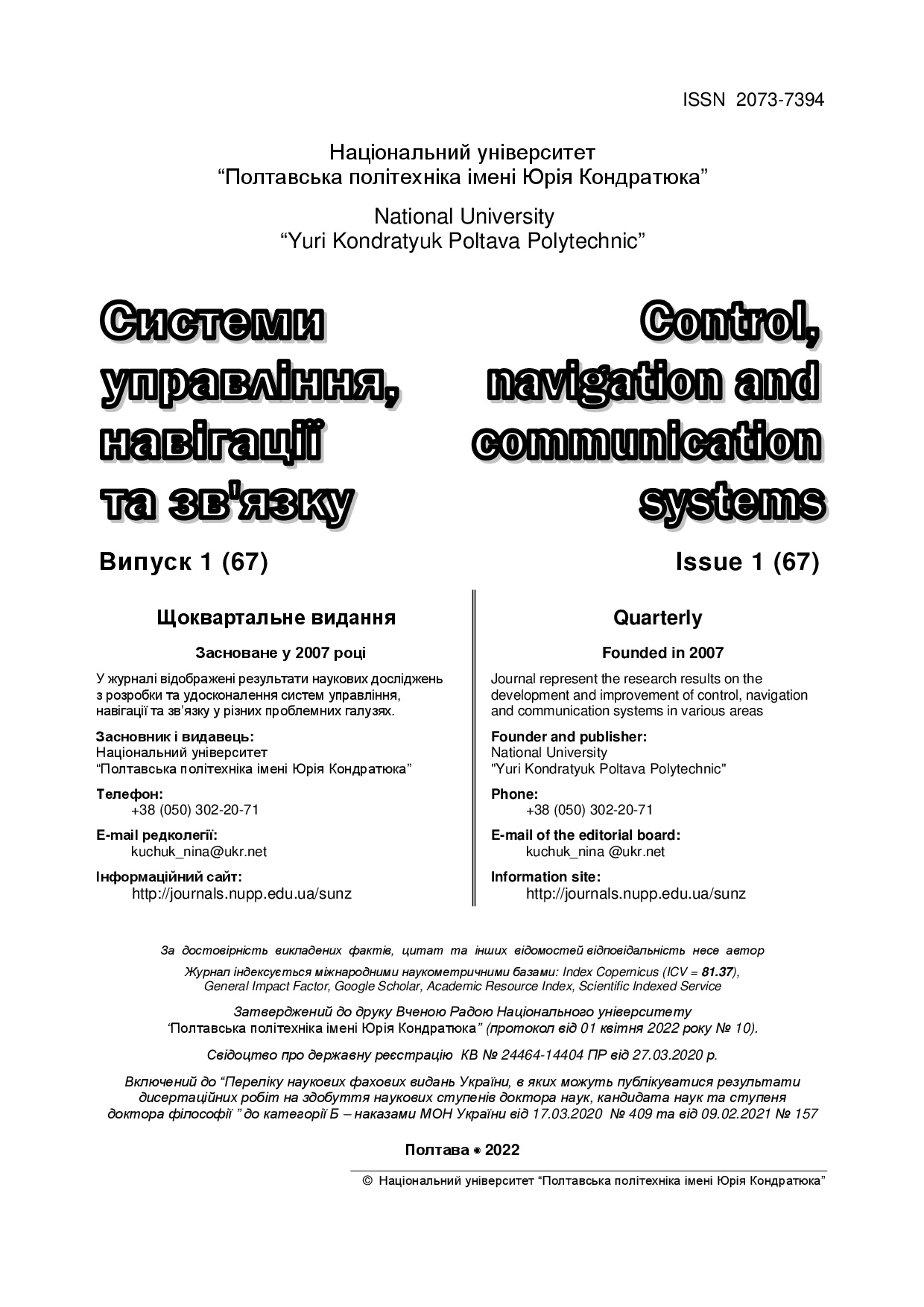SELF-HEALING COMPUTER SYSTEMS
DOI:
https://doi.org/10.26906/SUNZ.2022.1.048Keywords:
computer system, self-healing, fault, backupAbstract
One of the properties of modern computer systems is providing robust uninterrupted worktime, which can be implemented in different ways, including system internal solutions. Article subject is computer system self-healing problem overview. The goal of this article is creating classification baseline for potential faults, backup processes and self-healing challenges in computer systems. Results. Subject sources were analyzed. Proposed fault classification, described different ways of restoring systems using backups, defined potential challenges in controlling self-healing computer systems. Despite the existing examples of the implementation of the principles of self-healing in computer systems, self-healing in the form of individual services or components is a new area of research. The results can be widely disseminated and used in the development of most programs and devices, information systems to simplify the design, commissioning and operation of modern computer systemsDownloads
References
Rodosek, Gabi & Geihs, Kurt & Schmeck, Hartmut & Stiller, Burkhard. (2009). Self-Healing Systems: Foundations and Challenges. Self-healing systems — survey and synthesis
Ghosh, Debanjan & Sharman, Raj & Rao, Raghav & Upadhyaya, Shambhu. (2007). Self-healing systems — survey and synthesis. Decision Support Systems. 42. 2164-2185. 10.1016/j.dss.2006.06.011.
Dashofy, Eric & van der Hoek, Andre & Taylor, Richard. (2002). Towards Architecture-based Self-Healing Systems. Proceedings of the first ACM SIGSOFT Workshop on Self-Healing Systems (WOSS'02). 21-26. 10.1145/582128.582133.
Blair, Gordon & Coulson, Geoff & Blair, Lynne & Duran-Limon, Hector & Grace, Paul & Silva Moreira, Rui & Parlavantzas, Nikos. (2002). Reflection, Self-Awareness and Self-Healing in OpenORB. Proceedings of the first ACM SIGSOFT Workshop on Self-Healing Systems (WOSS'02). 9-14. 10.1145/582128.582131.
Nikolic, J., Jubatyrov, N., Pournaras, E. Self-Healing Dilemmas in Distributed Systems: Fault Correction vs. Fault Tolerance. IEEE Transactions on Network and Service Management, 2021, 18(3),9466159, с. 2728-2741
Cai, S., Xie, Y., Zou, Y., Wu, H., Shen, L. A Consensus-based Decentralized Algorithm for Service Restoration in Active Distribution Networks. Chinese Control Conference, CCC, 2021-July, с. 6778-6783
Pozo, F., Rodriguez-Navas, G., Hansson, H. Self-Healing Protocol: Repairing Schedules Online after Link Failures in Time-Triggered Networks. Proceedings - 51st Annual IEEE/IFIP International Conference on Dependable Systems and Networks, DSN 2021, с. 129-140
Chu, T., Wang, T., Cao, C., Huang, W., Wang, Y. Self-healing Control Method in Abnormal State of Distribution Network. Proceedings - 2020 Chinese Automation Congress, CAC 2020, 9326736, с. 6438-6443
Shefer О.V., Alnaeri Frhat Ali. Optimum flow distribution in the network with adaptive data transfer. Electronics and Control Systems. 2020. No. 4(66). Р.45-50. DOI: https://doi.org/10.18372/1990-5548.66.15254
Кучук, Н., Шефер, О., Чернева, Г., & Алнаері, Ф. А. (2021). Визначення пропускних здатностей самовідновлювального сегмента мережі. Сучасні інформаційні системи, 5(2), 114–119. https://doi.org/10.20998/2522-9052.2021.2.16
Fang, Shuguang, Dong, Yuning and Shi, Haixian (2012), “Approximate Modeling of Wireless Channel Based on Service Process Burstiness”, Proceedings of the International Conference on Wireless Networks (ICWN); Athens: 1-7. Athens: The Steering Committee of The World Congress in Computer Science, Computer Engineering and Applied Computing, (WorldComp).
Sobieraj, M., Stasiak, M. and Weissenberg, J. (2012), “Analytical model of the single threshold mechanism with hysteresis for multi-service networks”, IEICE Transactions on Communications, Vol. E95.B No. 1, pp. 120–132.
Kuchuk, G., Kovalenko, A., Komari, I.E., Svyrydov, A. and Kharchenko, V. (2019), “Improving Big Data Centers Energy Efficiency: Traffic Based Model and Method”, In: Kharchenko V., Kondratenko Y., Kacprzyk J. (eds) Green IT Engineering: Social, Business and Industrial Applications. Studies in Systems, Decision and Control, vol 171. Springer, Cham, DOI: https://doi.org/10.1007/978-3-030-00253-4_8.
Lynch, J., Ashok Joshi, D. Towards Practical Self-Healing Distributed Databases. IEEE Infrastructure Conference 2020, IEEE Infra 2020, 9377621
Волк М.А. Журнализация состояний программных распределенных моделей и ее использование в оптимистических алгоритмах синхронизации. Збірник наукових праць Харківського університету Повітряних Сил. 2010, випуск 1 (23). С.104–107.
Рубан І.В., Волк М.О., Рісухін М.В. Метод самовідновлення розподіленого програмного забезпечення в гетерогенних комп’ютерних системах. Телекомунікаційні та інформаційні технології. 2019. № 3 (64), с. 17-23
Dias, J.P., Sousa, T.B., Restivo, A., Ferreira, H.S. A Pattern-Language for Self-Healing Internet-of-Things Systems. Proceedings of the European Conference on Pattern Languages of Programs 2020July 2020 Article No.: 25, Pages 1–17, https://doi.org/10.1145/3424771.3424804
Fardin Abdi, Rohan Tabish, Matthias Rungger, Majid Zamani, and Marco Caccamo. 2017. Application and system-level software fault tolerance through full system restarts. In 2017 ACM/IEEE 8th International Conference on Cyber-Physical Systems (ICCPS). IEEE, 197--206.




